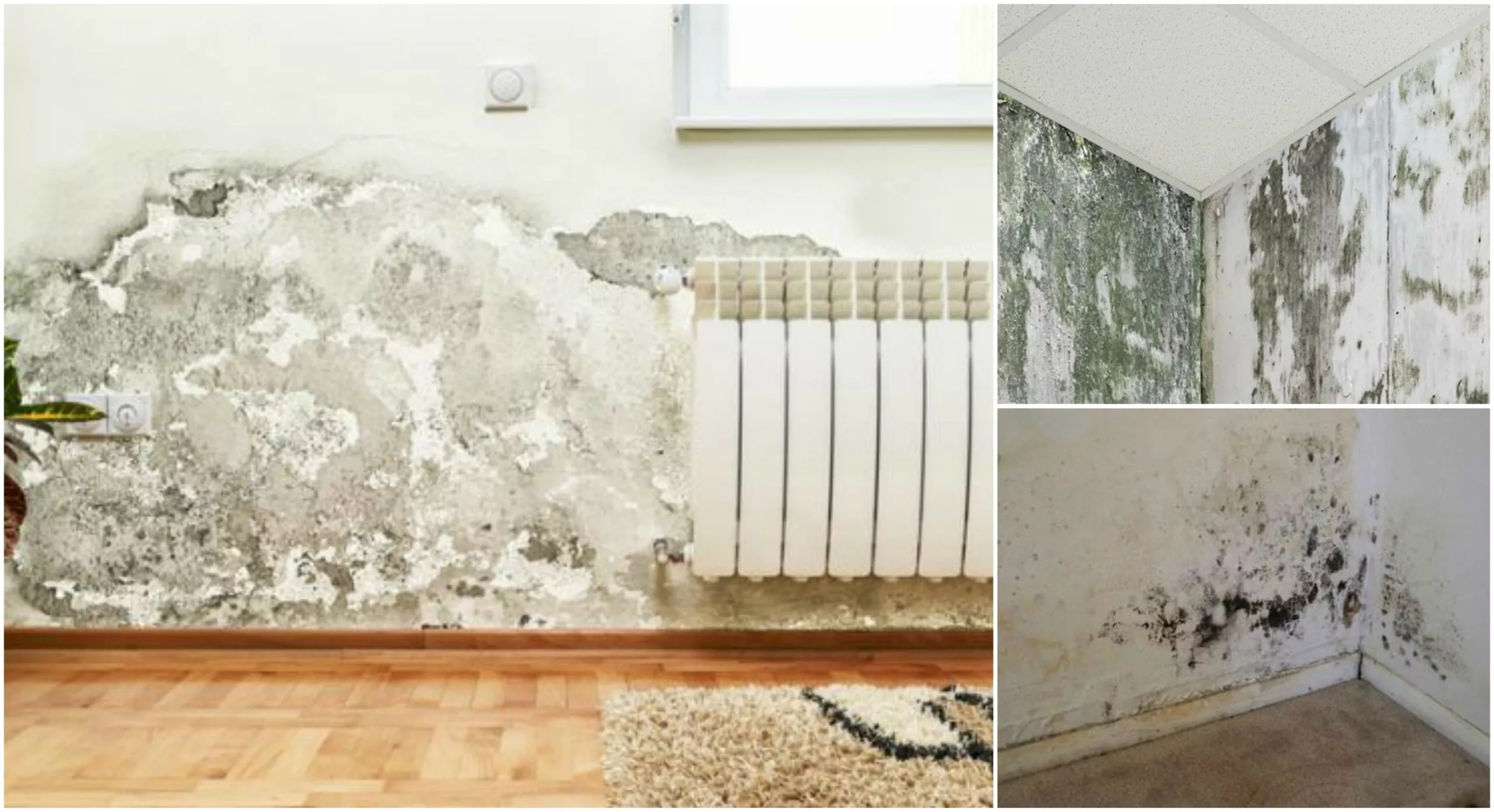
CAUSES OF HUMIDITY
To understand how to avoid humidity the first thing to bear in mind is that you need to recognise the main causes of why this problem arises in some rooms more than others, such as bathrooms, kitchens and ceilings:
- Climate or external elements
- Lack of maintenance
- Poor construction or layout
Moisture deterioration is something that is bound to occur sooner or later in any home, but this problem can be anticipated and even treated long before leaks or stains appear on the walls.
TYPES OF HUMIDITY
The different types of humidity arise from the causes mentioned above, which involve damage caused by external or internal elements.
We refer to the following circumstances:
- Underground rooms. This type of dampness is also known as capillary rise, as it is closely related to the materials of the ground and how they absorb the water, creating layers in the subsoil. Poor dew absorption not only causes stains on the façade, but can also lead to dangerous problems on the surface. If these materials are not well insulated or ventilated from the time the home was built, moisture will gradually wreak havoc until it ascends into the capillary networks of the structure in your home.
- External factors. When the structure of the house has direct contact with external agents related to water such as rain, rivers or proximity to the sea, the façade will require a good cladding when it is built. Particularly in those places where exposure to weather factors is unavoidable.
- External and internal mishaps. Setbacks are the order of the day, so it could be said that this type of damp is closely related to the previous ones, because it can be produced by one or more of the above-mentioned causes. For example, during a capillary rise in a home, a condensation pipe burst or a defect in the distribution of materials.

POSSIBLE SOLUTIONS
During a work that deals with spaces with water conduits, such as bathroom renovations or kitchen renovations, special attention must be paid to drainage in ceilings and floors, or else we will have to deal with damp in walls and ceilings, both in our home and in those of our neighbours.
If this is done incorrectly, we will be obliged to carry out periodic repairs, and in the worst case, we will be forced to carry out a new reform to solve the damp in walls. Below, we will provide you with a series of tips and reforms to avoid damp in the home:
- Before buying or building a house, check the distribution of surfaces.
- A good drainage system is very important.
- To avoid condensation, you need a good thermal insulation system.
- Install a dehumidifier to absorb moisture caused by appliances or other elements.
- Coat the structures with the highest risk on the façade due to contact with water: bathroom and kitchen.
- Annual maintenance of the structure of the house such as walls and pipes.
- Dampness is not solved by cleaning the affected area, it requires certain renovations and cleaning materials before proceeding to paint the site.
- Protect surfaces with anti-fungal and anti-mould products.
Therefore, if you are organising everything to make a reform in your property, you must understand that you must first eliminate all traces of moisture. Before the first symptoms of damp we should contact the professionals so that they can diagnose the type of damp and deal with it at its source, thus achieving definitive results.

REQUEST MORE INFORMATION
Please contact the Arcostec team of specialists to get all the information you are interested in. We will contact you as soon as possible. We are committed to providing our customers with professional and personalised advice.
Other articles



